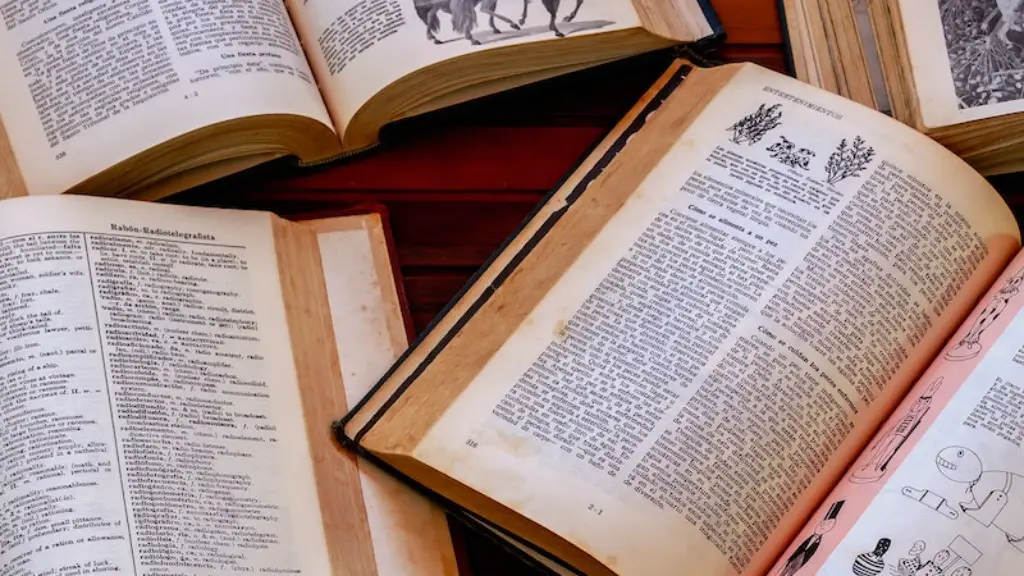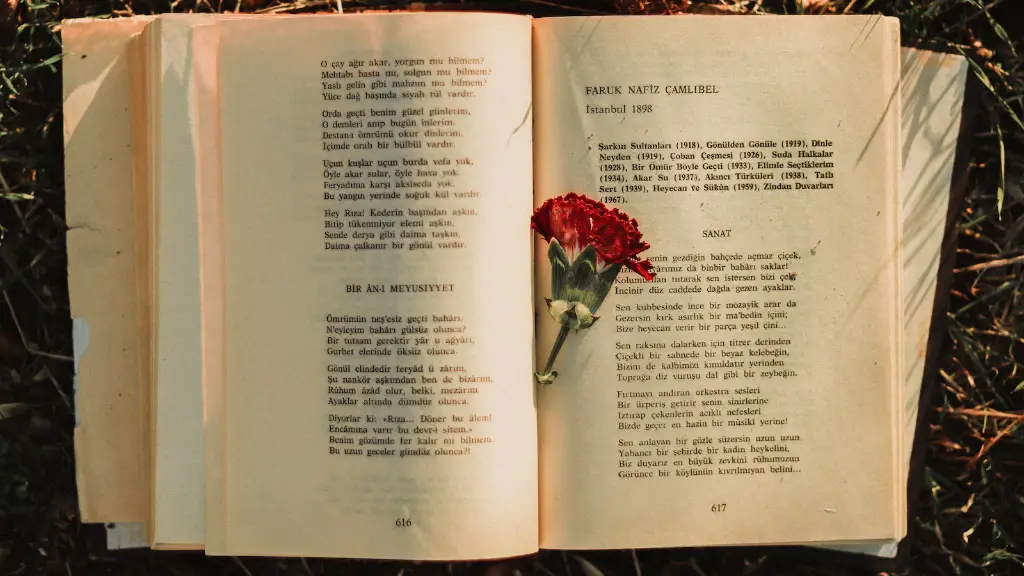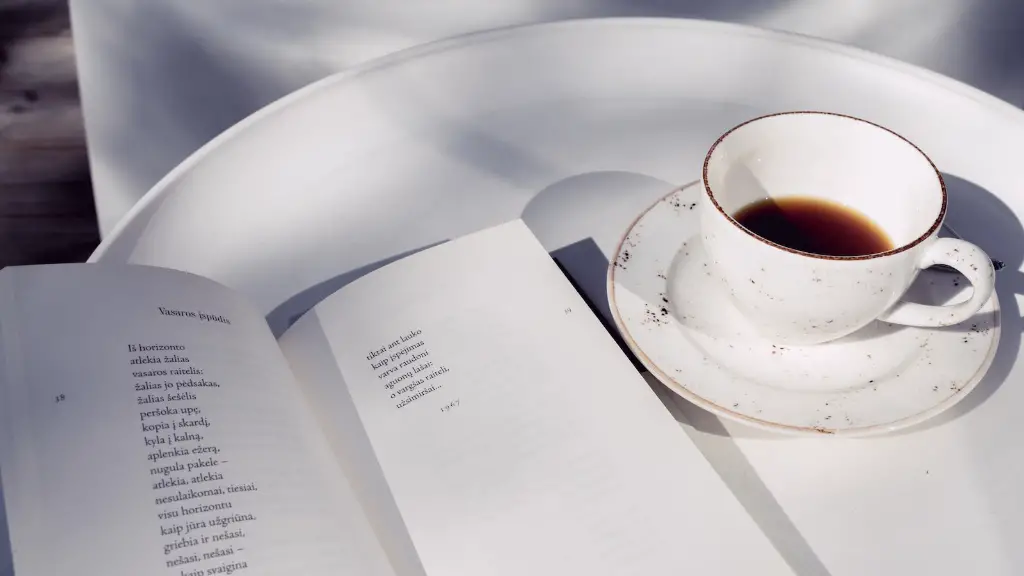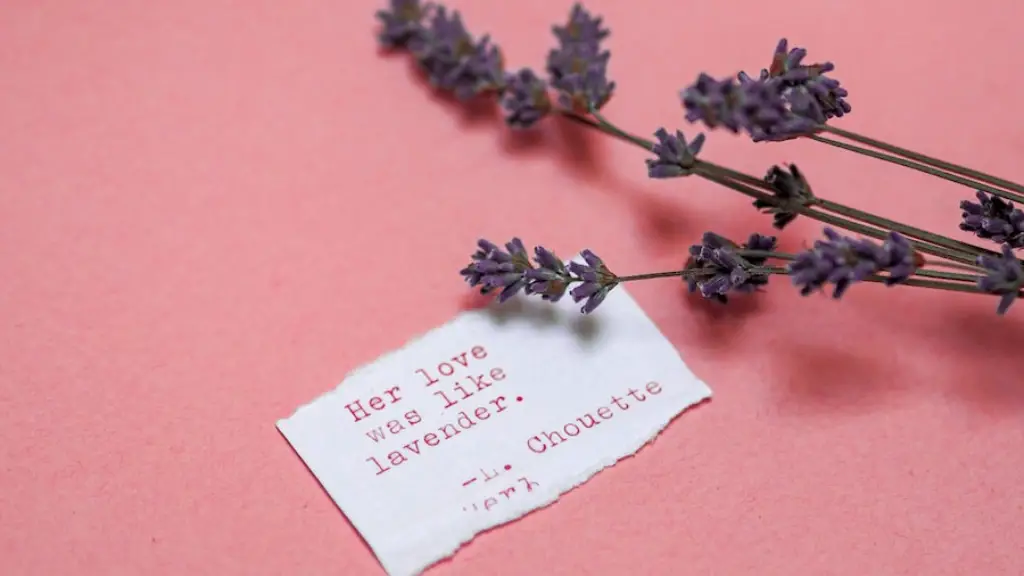What is verse in poetry? Verse refers to a single poetic line in a poem. It is a single line of written or spoken words that builds up the poem. Verse is often divided into different sections depending on the structure of the poem, such as alexandrines, quatrains, couplets, decasyllabic, or tercets. While the general structure and meter of a verse can often differ, the intent of the writer and the message in the words should remain the same.
Historically, the art of verse in poetry evolved from the oral histories of ancient societies. Poets and storytellers used rhythm and meter to tell tales in an entertaining and memorable manner. As the use and impact of writing technology increased, authors were able to write and organize their poetry in longer and more intricate forms.
These days, verse in poetry is mostly used to convey a specific mood, emotion, or message. This can manifest in different ways, depending on the poet’s approach. For instance, tighter meter and rhyme may create a mood of excitement, chaos, or anticipation, whereas more relaxed rhythm and syllabic structure may induce a feeling of calm or harmony. Commonly, poets use a combination of both to create a unique atmosphere within the poem.
Moreover, poets may also use figurative language such as metaphors, similes, and personification within their verses to add depth and complexity to the meaning. These techniques, along with clever wordplay, help the author find new ways to express the same message from different perspectives.
Verse in poetry is so powerful and meaningful, because it relies on the way syllables and words are arranged, as well as on the underlying meanings. By putting them together in various ways, the poet is able to construct a pattern of words that can evoke powerful emotions or memories within the reader. Thus, poetry can be experienced differently by each individual, while continuing to convey the same message or feeling that the poet was aiming to accomplish.
Meaning of Verse in Different Cultures
In different cultures around the world, verse in poetry is used to express ideas, stories, and emotions. Traditionally, many cultures used the spoken word in a lyrical format to share and record their history, values, and customs. For example, in Latin America, a tour called “grito” is commonly used during celebrations, where poets, singers, and storytellers share verses to inspire, educate, and entertain the listeners.
In some cultures, such as Japanese and Maori, the patterns and rhythm of verse in poetry has a great significance. Each stanza in a poem is filled with hidden meanings and implications that go beyond the literal meaning of the words. They often express feelings of love, respect, sadness, joy, or even political statements without actually saying the words.
Use of Verse in Literature
Throughout history, many authors have incorporated verse in their writing to help convey the mood and emotions of their lines. Famous authors such as William Shakespeare, John Donne, and Robert Frost have all used verse in their writing. This is because the rhythm and meter of the verse can be a tool to help the reader connect to the characters, stories, and emotions portrayed in the lines.
Shakespeare, in particular, used a great variety of metre and rhyme to reinforce the themes expressed in his plays. For instance, in the play Romeo and Juliet, the lovers’ speeches are expressed in iambic pentameter to emphasize their passionate and innocent love.
The Use of Verse in Music
Verse is often used in music to create a catchy melody and effect. Popular genres like rap, hiphop, and pop make use of the same techniques as poets to talk about themes such as love, pain, and success. These genres often rhyme words and phrases with a specific beat and rhythm that enhances the effect of the lyrics.
Notably, musical theatre also makes use of verse in its show-stopping numbers. In musicals such as Hamilton, Beauty and the Beast, Wicked, and Frozen, the verses are written to generate feelings of inspiration, joy, and anticipation from the audience.
Verse in Poetry as an Artform
Verse in poetry is an artform that requires a great deal of skill and creativity. It often requires poets to come up with rhymes that capture powerful emotions and ideas. Additionally, many poets use internal and external rhymes within their verses to strengthen the message of the poem.
In addition to being a form of creativity, verse in poetry can also be used to express one’s thoughts and feelings. By constructing verses that reflect our most profound thoughts, poets can provide insight into their own personal view of the world.
Moreover, many poets have used their verse to address social and political issues. Poets like Robert Frost and Maya Angelou have used their verse to voice their thoughts and opinions on issues such as discrimination, poverty, and war.
Conclusion
Verse in poetry is a powerful and creative tool that can be used to convey a variety of different messages and emotions. Poets and authors have used this form of art for centuries to create works that entertain and move their audiences. Verse can be used to express powerful ideas, stories, and feelings. It can also be used as a tool to educate and engage the reader. Moreover, poets can use different types of figurative language and wordplay to increase the impact of their lines. Ultimately, verse in poetry has the power to evoke deep emotions and thoughts within its readers.



